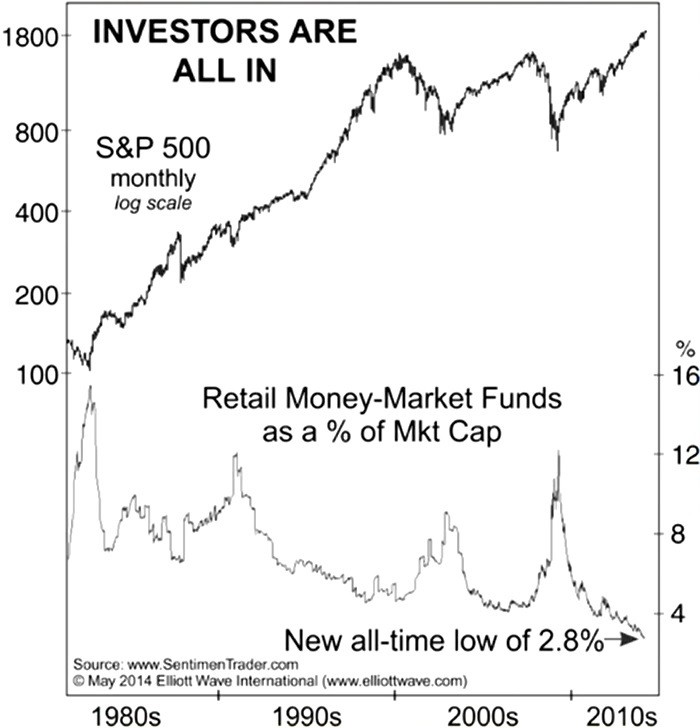Money market A look back
Post on: 8 Июль, 2015 No Comment

I continually am amazed, in awe and perplexed by all the financial and political happenings that we see occurring these days in the nation.
Bottomline: We are making history. There is a wealth of information on the Internet, and the Internet has changed our lives. Aug. 15, the U.S. marked a 40th anniversary that most may have missed. A new report recently was issued by Wells Fargo Securities that showed the labor participation rate is at a 30-year low. Recent polls indicate that only 17 percent of people think the government is acting with the consent of the governed. Seventy-three percent think the country is headed in the wrong direction and 79 percent are dissatisfied with the political system.
Could all those percentages reflect the long-term consequences of what may be viewed by some as an act of financial terrorism initiated 40 years ago Aug. 15? Aug. 15, 1971, President Nixon closed the gold window. Without notice, the world found itself on a floating currency exchange rate system, and the deliberate act of eliminating the dollar’s relationship to gold immediately brought about the hastened debasement of the dollar. Money has two functions. One is a medium of exchange to facilitate trade, and the other function is for the currency to act as a store of value through time to facilitate future planning.
I got involved in commodities and futures markets in February 1972. I remember the changes taking place in 1969 and ’70, when the government was getting out of the grain storage business. And, when Nixon changed the dollar and gold standard, I was too young at the time to appreciate the changes that would result from such a move.
However, it did not take too long to grasp the changes. The dollar became the safe haven of the world currencies, and everything exported as we grew in GDP became adjusted in dollars. Consider the many other factors that also would contribute to, perhaps, the need to someday have a one world currency, and the Internet comes into focus as a major player. I view the dollar as a market that goes up in value and down in value. So does gold.
I am told there basically are six stages in the life cycle of a flat currency: Free market emerges; free market money emerges; government emerges; government monopolizes; currency debasement; and crisis of confidence. I have to say it feels like we are in the last stage, or, to be more optimistic, maybe we’ve reached currency debasement. From the confidence crisis, the cycle is said to move back to the beginning. In 1971, commodity prices were undervalued, and they exploded through the ’70s, culminating in or near-record highs in 1980.
Gold went higher than $800 per ounce and silver reached $50 an ounce. Through this 10-year period, the stock market lost ground and stockbrokers went hungry. The period of 1960 to ’80 was based on relatively mild monetary expansion. The gold standard was inconvenient for Nixon, as it constrained government growth and spending. It wasn’t thought to be possible to continue raising taxes to generate funds by which the government could grow and expand military spending. So, it became necessary to gradually debase the currency. As a result, this was done by maintaining a nominal equilibrium that saw asset inflation mask the disconnect between nominal wage growth and the increasing cost of living and the decline of purchasing power that occurred simultaneously. The dollar was a great success.














